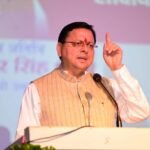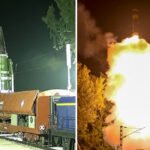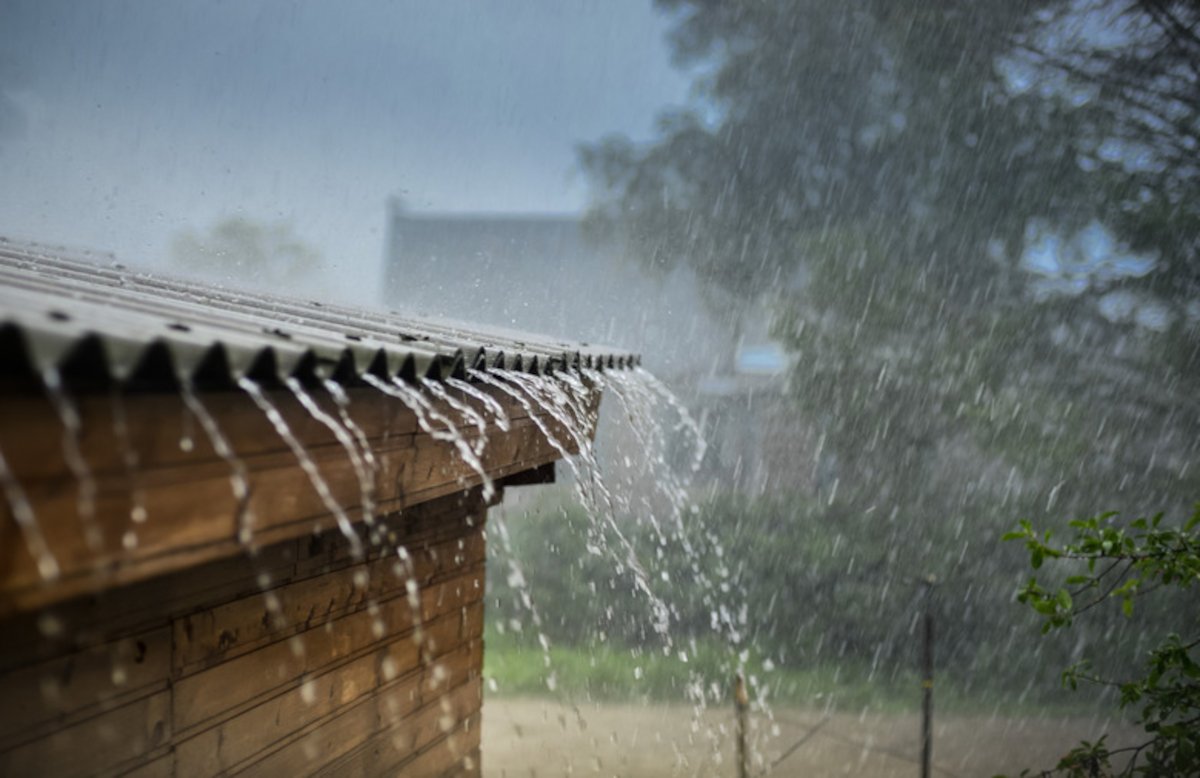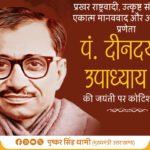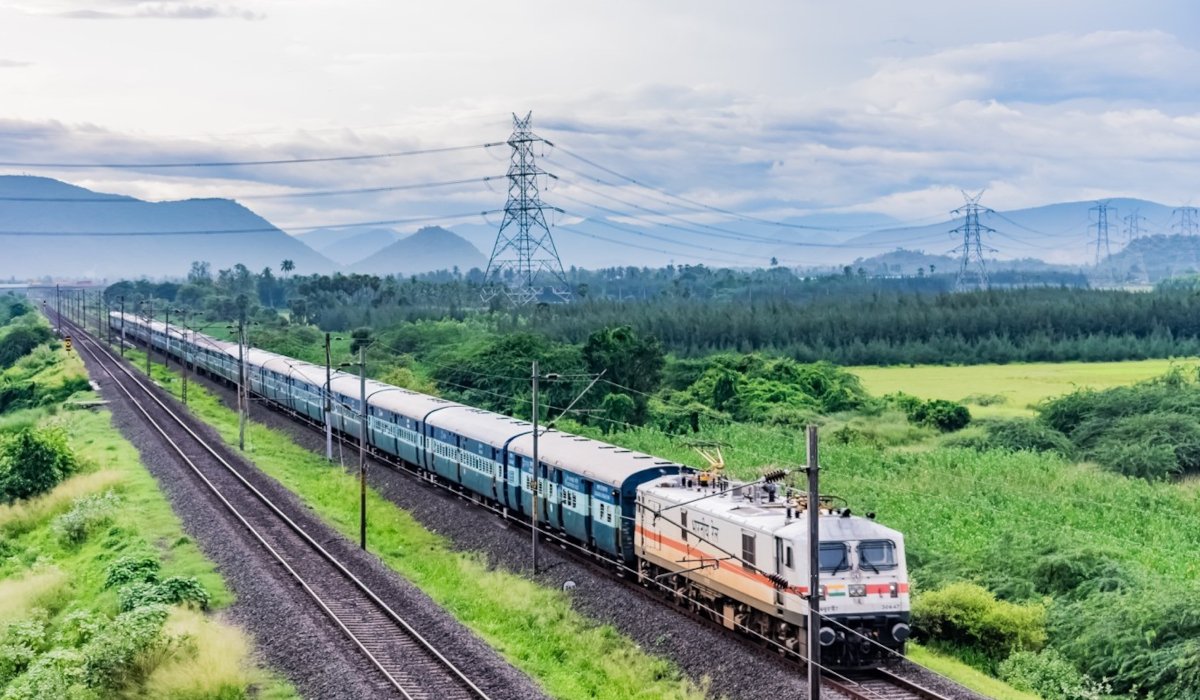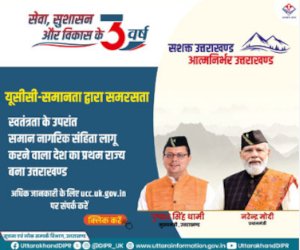The Bharatiya Janata Party has accused Congress councillor Phuntsog Stanzin Tsepag of taking part in violent protests in Ladakh that left four people dead and dozens injured. The unrest, which erupted on 24 September in Leh, was triggered by demands for Statehood and constitutional safeguards for the region.
Protesters clashed with security forces, torching a BJP office and a paramilitary vehicle while pelting stones at police. In response, security personnel used tear gas, batons and reportedly live rounds. The violence led to the deaths of four demonstrators and injuries to over thirty security personnel, prompting the administration to impose curfew across Leh district.
The BJP claimed that Tsepag was seen in photographs and videos among the protesters and accused him of inciting the mob. Party leaders demanded strict action against him. However, activist Sonam Wangchuk, who had been leading a hunger strike in support of Ladakh’s demands, denied that the Congress or Tsepag were behind the unrest. He described the accusations as politically motivated.
Lieutenant Governor Kavinder Gupta condemned the violence, saying sections of the crowd attempted to burn Central Reserve Police Force personnel. He called the incident a conspiracy and assured that all those involved would be identified and punished.
The Union Home Ministry later announced that the situation was under control, with no fresh incidents reported after 4 pm on Wednesday. Officials cautioned against the circulation of old or misleading videos that could inflame tensions further.
Meanwhile, Wangchuk called off his 15 day hunger strike, citing the escalation of violence and the risk of further unrest. He said the movement for Statehood and Sixth Schedule protection must remain peaceful to avoid more loss of life.
Talks between the government and local organisations, including the Apex Body Leh and the Kargil Democratic Alliance, are continuing. A high powered committee and subcommittees have already held several rounds of discussions, and the next formal meeting is scheduled for 6 October.
Government sources alleged that parts of the protest were engineered deliberately, suggesting that rhetoric comparing Ladakh’s agitation to global youth uprisings may have fuelled tensions. Analysts, however, note that the unrest reflects deeper grievances over governance, land rights and job opportunities since Ladakh was placed under direct central administration in 2019.
As accusations fly between political parties, Ladakh remains tense. Security forces are maintaining strict vigilance, curfew remains in effect, and residents are waiting to see whether dialogue will provide a path forward or whether further confrontation lies ahead.




